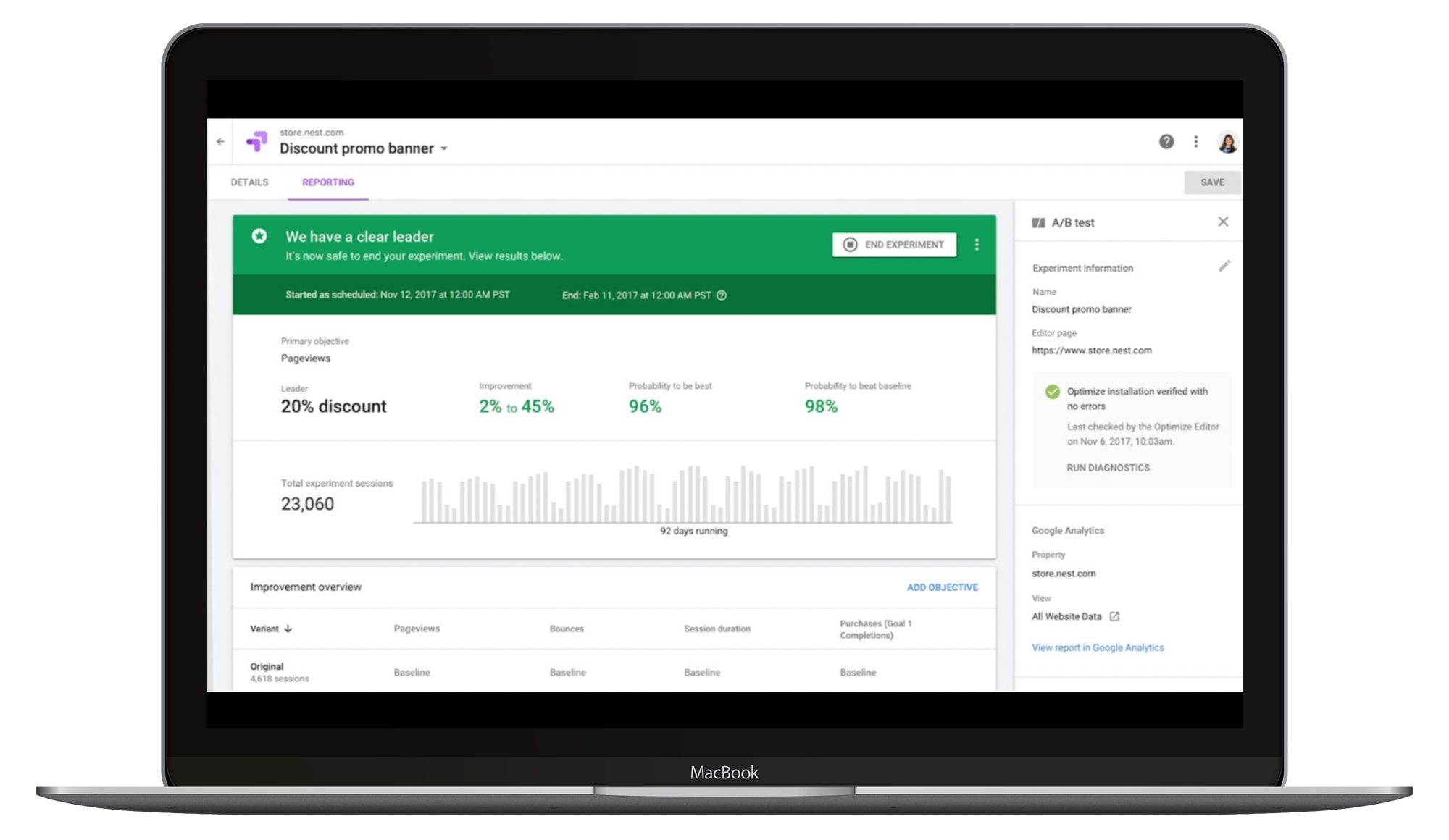How to know if your bounce rate is too high? How to lower it?
20 January, 2022
3 mins
What’s the difference between you and your homepage? Give in? Unlike your homepage, people don’t leave you within 3 seconds (and t...
Read more
Stay tuned thanks to our Newsletter
You thought your brother’s wedding would be just fine… But you ended up at the kids’ table (and you’re 35!). How could he do this to you? Did he hate you? Does he think it was the best fit?
You didn’t spend a nice evening, and here is how he could have prevented it:
Does it slightly remember you of a well-known marketing process? Yes! We’re talking about segmentation.
Today, we will see how LifeTime Value (a conversion metric) can help you segment your audience so that you can better personalize their User Experience on Ads, your website, social media…
Ready to leverage your segmentation efforts and make the most of your UX personalization options? Keep reading!
LTV, CLV or Lifetime Value (call it what you want) is a useful KPI (key performance objective) that helps you calculate the projected net margin your customer generates over a defined period of time.
To make it short, when most marketers are looking for immediate results, it can be more beneficial to think long-term. That’s precisely where LTV intervenes to boost the profitability of your campaigns.
The 3 main benefits of using the indicator of Lifetime Value:
1. Focus on improving your customers’ retention
Fact: a 5% increase in your customer retention leads to a 25% increase in profit.
2. Better segment your audience to focus your actions where you will generate the most revenue
Fact: existing customers are likely to spend 67% more than newly acquired customers.
3. Create long-lasting relationships to maximize your long-term profitability
Fact: do you know the lindy effect? It’s a law that states that an unperishable thing that existed for an amount of time is likely to exist for the same amount of time in the future.
This law can help you predict how long your customers will continue to buy from your company. Interesting, isn’t it?
You’ve measured LTV, and now what?
By calculating your Customer Lifetime Value, you can learn a lot about your customers’ purchasing behaviour (complex, habitual, straight rebuy…). It will help you segment your customers into categories to distribute them the offer they want, where they want (through their preferred channel).
The objective is to create segments of customers with homogeneous LTVs to prioritize the segments with higher LTV.
Careful: make sure that you don’t neglect your customers whose LTV is lower. You should continue to offer value but adapt it to their predicted LTV.
Segmenting your audience thanks to LTV will lead you to the following questions:
The answers lie in UX personalization.
80% of frequent shoppers buy only from brands that offer a personalized experience. But that’s not it. According to Salesforce, 66% of your customers expect you to understand their needs and expectations.
UX personalization isn’t an option anymore (not only to retain but to attract customers).
By personalizing your website, ads, or social media content, you make sure that:
You will be able to recommend products, offer products that are more likely to answer your customer need, and in the end: increase your Customer Lifetime Value.
Now that you know how crucial is UX personalization for your business, you may want to know how to proceed. 3 guidelines to leverage your segmentation and optimize your UX personalization:
Now that you know which segment is likely to be the most profitable, you should consider creating a tailor-made offer to maximize their experience. According to Adobe, the top 1% of your customers spends 30 x more than an average customer.
Thanks to the identification of High LTV segments, you should try to determine what in their experience is most important? Why is their LTV high?
It will allow you to encourage customers whose LTV is increasing.
To know how your UX personalization impacts your visitors' behaviour, you can run A/B testing. It will allow you to monitor the impact of your UX modifications to see whether or not it has a positive impact on customers' willingness to buy from your brand.
Among the tools that can help you better optimize your UX, Google Optimize stands out from the crowd. It’s a Google-free tool (as the name suggests) that enables you to launch website experiments, to optimize your visitors' conversions.
Thus, it’s an interesting tool that allows you to:
Tips: you can now plug Google Optimize directly on GA4, to help you along with your personalization phase. It allows you to save time (import your Google Ads data directly on Google Optimize): highly recommended by our Conversion team!
First, this is what Google Optimize looks like:

Source: https://marketingplatform.google.com/intl/en_uk/about/optimize/
Here are the steps to use Google Optimize:
Don’t forget to monitor the outcome of your personalization tests, and to actualize your segments so that you are always providing good content to good customers.
Let’s make a quick recap:
If you want more information about Customer experience personalization, don’t hesitate to contact our Conversion experts.
By Emma Jeanpierre
25 Mar, 2022